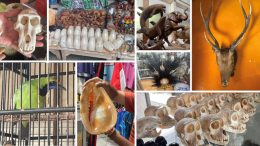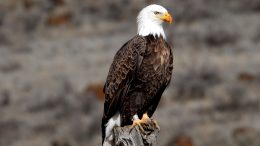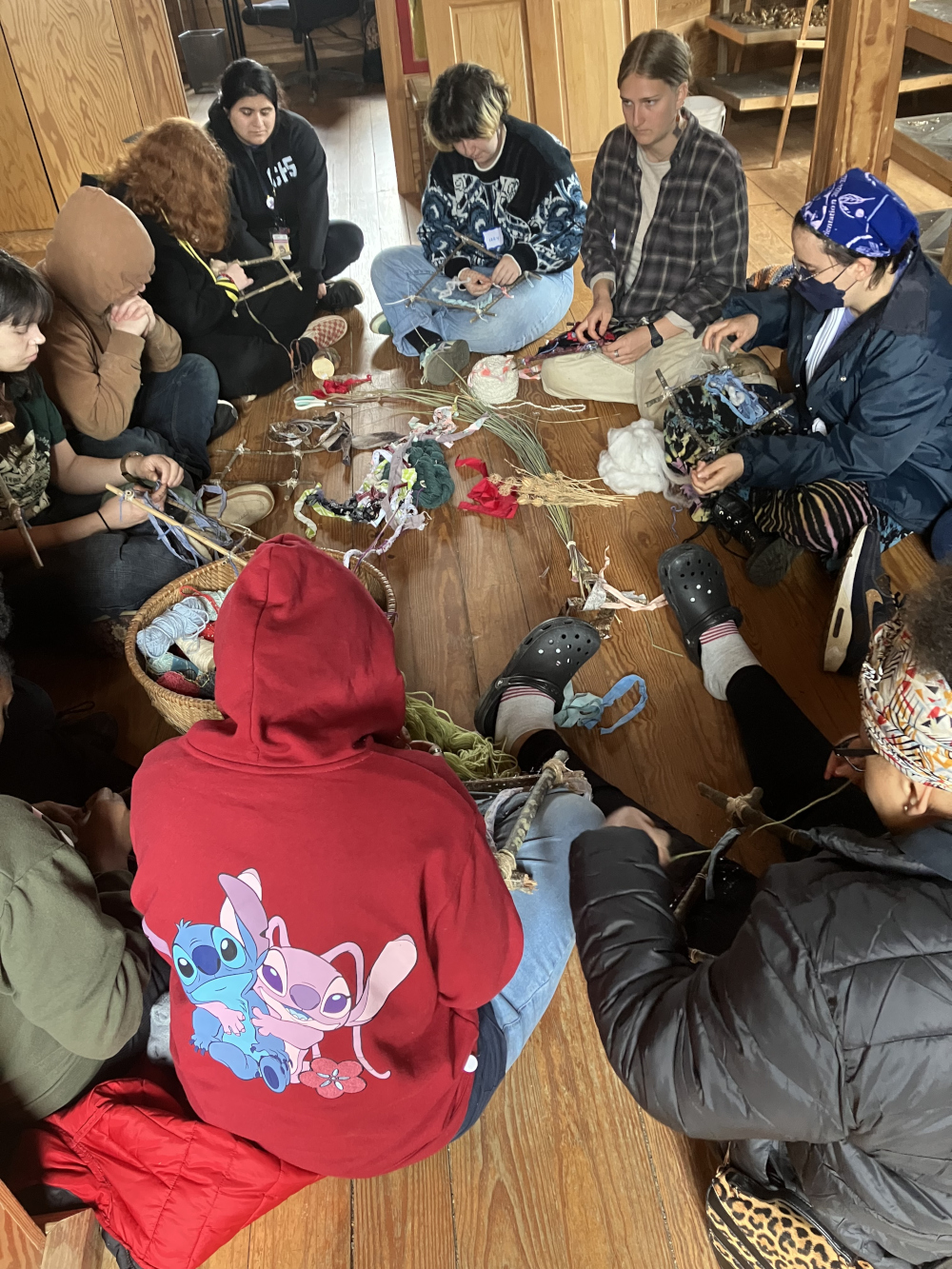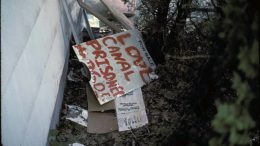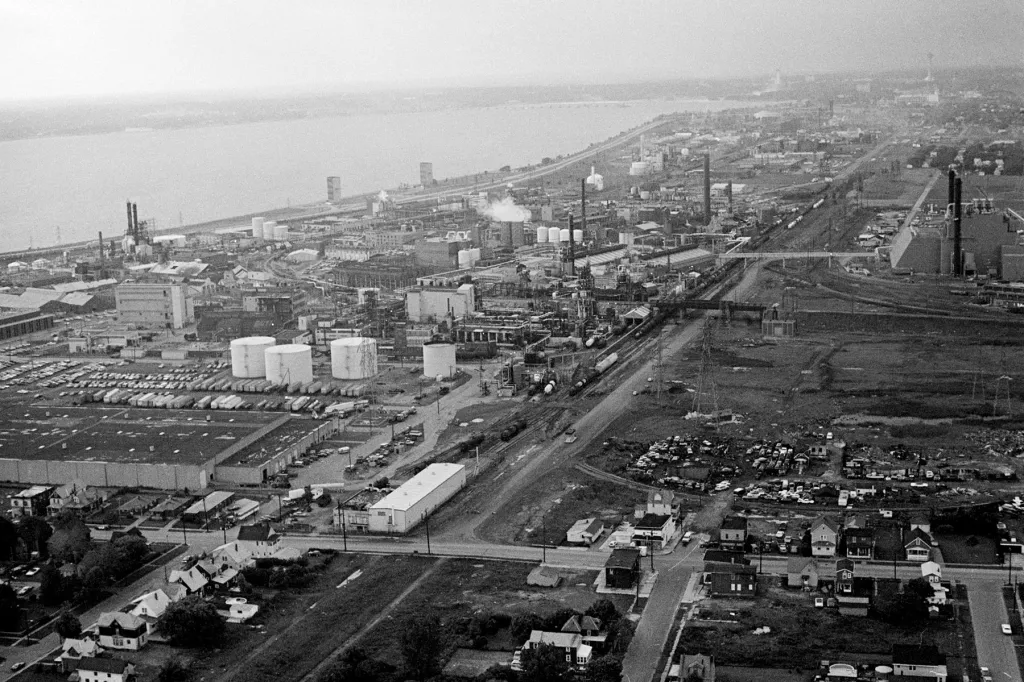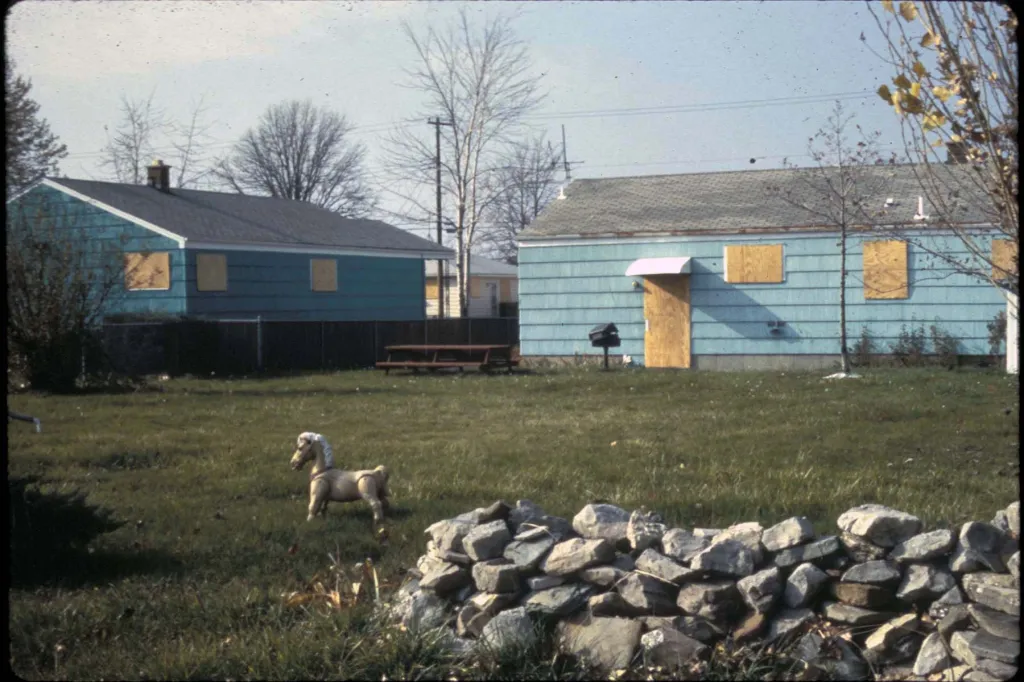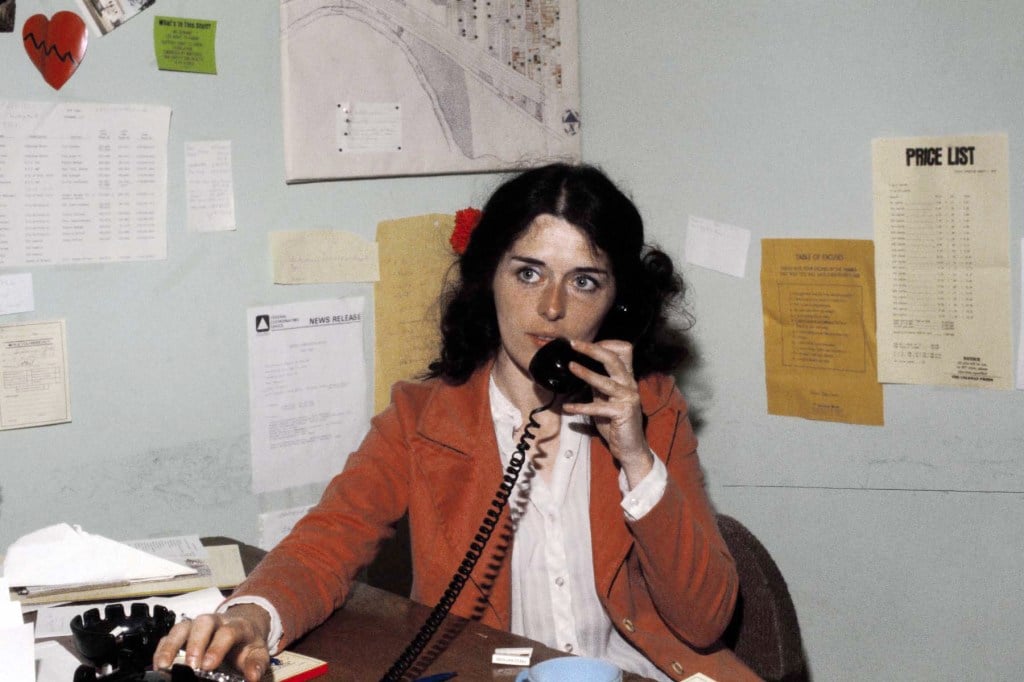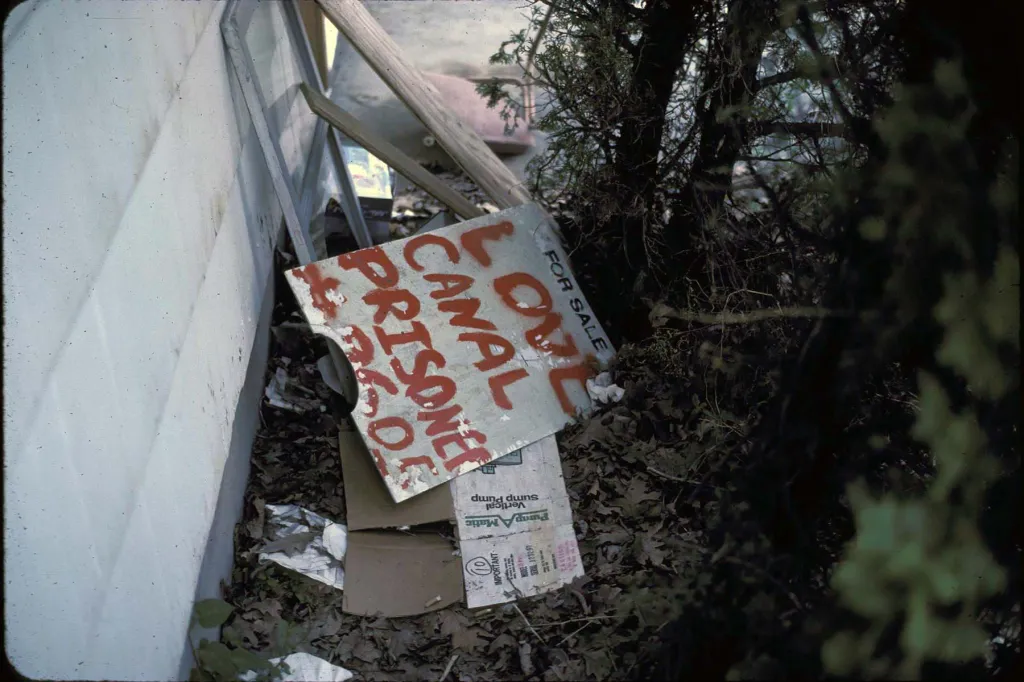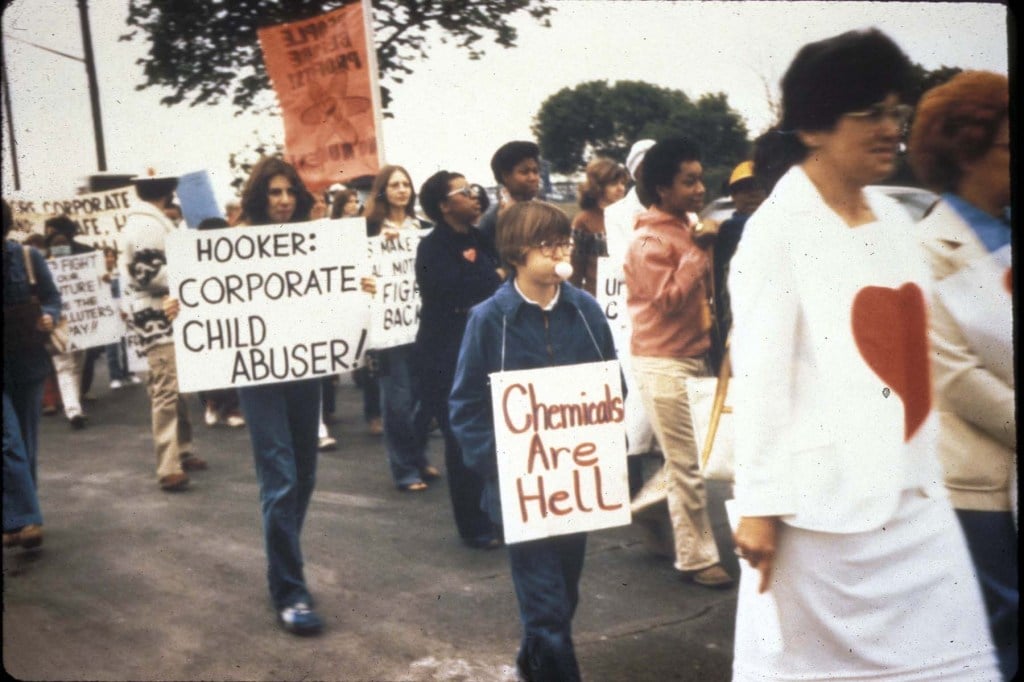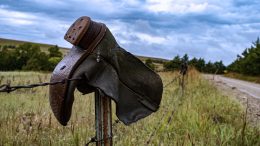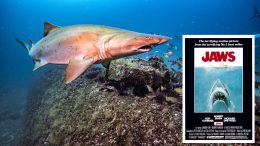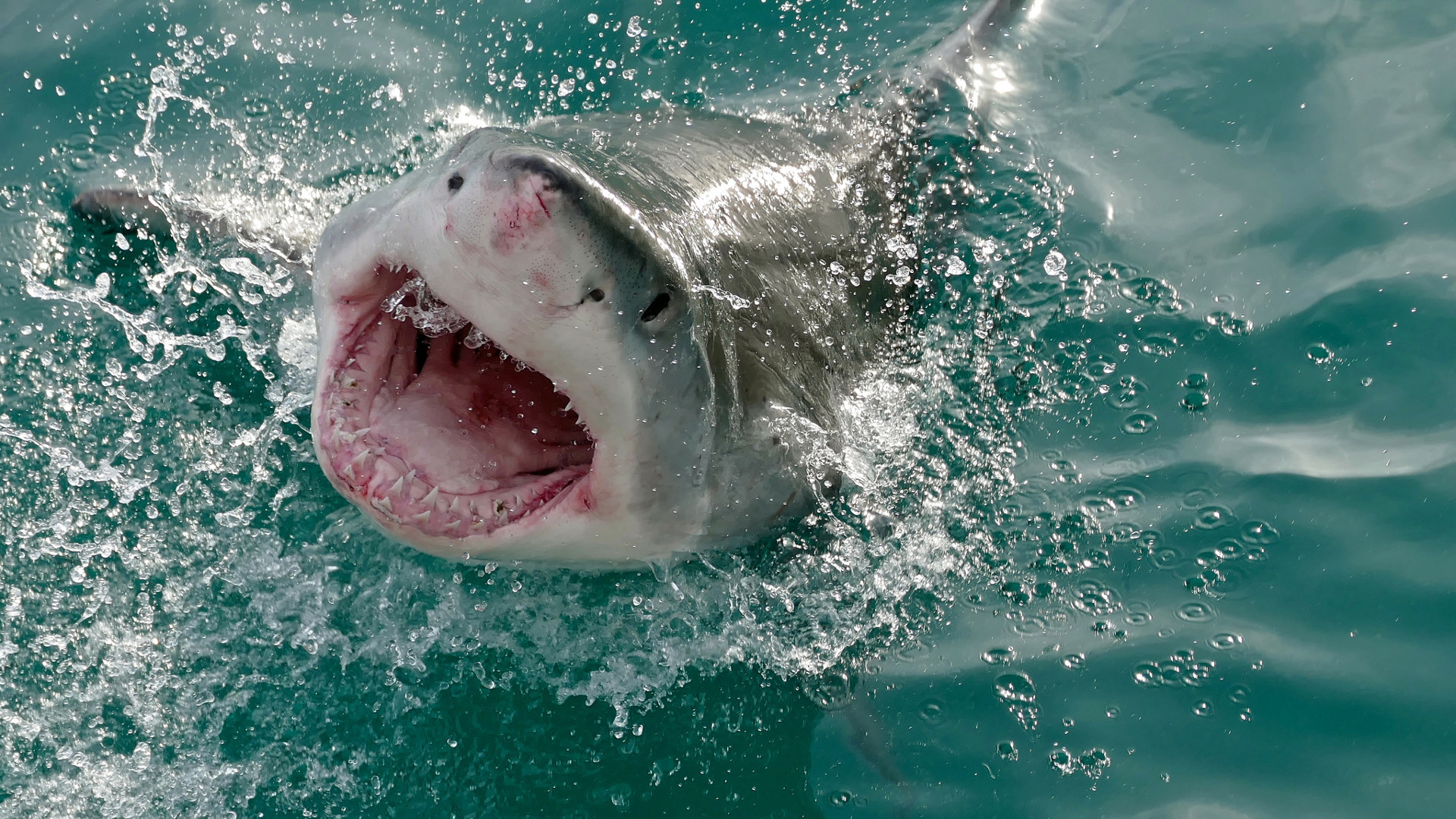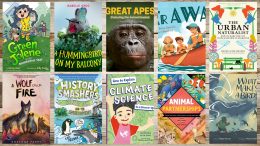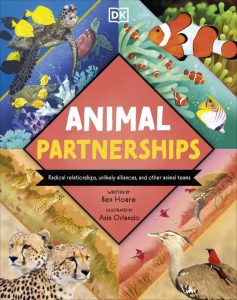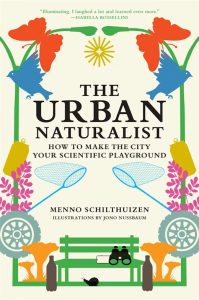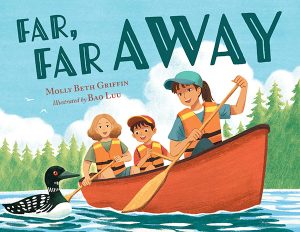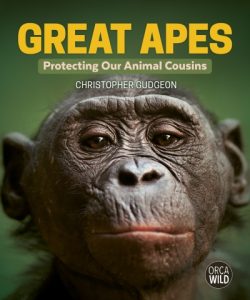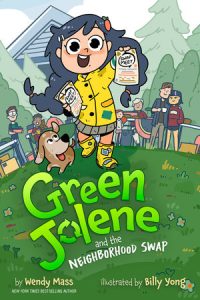The hosts of the true-crime podcast “National Park After Dark” discuss the dangers public lands face — and how people can stand up to protect them.
These are dark times for public lands in the United States, and few people know that better than the hosts of the true-crime podcast “National Park After Dark.”
Over the past four years, hosts Cassie Yahnian and Danielle LaRock have recorded hundreds of episodes about the occasionally dark histories of public lands across the United States and around the world. In the process they’ve visited dozens of parks and shared stories that illustrate what makes these sites so important — to the people who enjoy them, the communities that thrive around them, and the plants and animals who depend on them.
While the podcast mostly focuses on crimes from years past, it has lately taken on a more urgent tone, as the Trump administration has slashed budgets, instituted mass firings, removed environmental protections, and made moves to sell out thousands of acres of public lands.
The Revelator spoke with Yahnian and LaRock about the troubles already emerging at national parks and other sites, why these public lands are so important, and what people can do to stand up for them. We also discussed why the topics of true crime and conservation work so well together. (This conversation has been lightly edited for style and brevity.)
How do you feel about this massive push toward selling or exploiting the nation’s public lands?
Danielle: It’s a gut punch. It feels heartbreaking. I think public lands bring everyone from so many different walks of life together and are just this unifying space. To see that being chipped away and sold off and privatized, it’s like the rug is being pulled out from underneath our feet.
You know, growing up, public lands felt almost like a guarantee. Over a century ago, we collectively made this decision: This is a good idea. It benefits everyone. There’s so much positive that comes with outdoor spaces and public lands, we should safeguard them. And then all of a sudden to have a century’s worth of dedication be reversed is kind of blindsiding and shocking.
[Cassie:] A lot of what they’re trying to pass right now, it’s a money grab. They’re trying to do oil and drilling and all of that. They’re ignoring the fact that people have made their livelihoods off some of these public lands for generations. There are towns that exist because of these public spaces. There are so many hardworking families who are going to be affected because their tourism runs off of these lands. Their restaurant businesses, hotels, guiding services, everything like that.
You’re jeopardizing a lot of hardworking American families’ incomes.
After four years you’ve taken the podcast to so many new places. You’ve heard from so many new people. How have your feelings about national parks evolved?
[Danielle:] I think the first word that comes to my mind is gratitude.
Through all our research and just meeting people and hearing their stories, and learning what a typical ranger’s job entails — they’re kind of this Jack of all trades — and all the responsibilities that they carry and the passion that they have… I learned about the people who fought for the protection of certain parks and why that’s so significant and why it’s so needed, and about all of the different species that are vulnerable. Those spaces might be their last holdouts and their last hope of survival.
I am so happy that national parks exist and that so many people feel passionately about them, because they aren’t just for one thing. They aren’t just so you can go and take a beautiful photo, although that remains true. They also exist for a plethora of other reasons that you may never realize as a visitor. National parks are amazing. They do so much for this country and the people in it.
[Cassie:] We’ve been really lucky to meet a lot of people within the National Park Service system, the Forest Service, and people who work in public lands. And one thing that we have really gotten to know is that the community that surrounds them is really amazing and full of hardworking, incredibly smart people who really care about not just the planet, but other people as well. And it just serves as such a special place for community, which we have been so fortunate to now be a part of, between talking to rangers, emergency responders, biologists, authors, everyone who draws inspiration and surrounds their life in these spaces.
But also, something that I think I’ve noticed in my own travels is that we’re going into these places and as you walk in you might see a huge crowd of people and think, “Oh my God, this place is so busy.” But then when you take a minute and sit back, you look around and you see everyone is here because they think that this is important. Everyone came to see this place because it’s something that’s important to them.
Let’s talk about the link between true crime and conservation. You’re drawing in audiences who are interested in different things and showing them the value of these places and telling very human stories. Can you talk about your approach and what you’ve gotten out of marrying these two seemingly disparate concepts?
[Cassie:] What we’ve found — and I think this is always the point of conservation — is that you want to get people to care about the places you’re talking about. You can say “These trees are important, this wildlife is important to the ecosystem” a thousand times, but if you’ve never been to the place or you don’t care about the place, it kind of just goes over people’s heads a lot of the time.
What we’ve found is when we can create a link to these spaces that people care about, they then are like, “Wait a minute, you just told me this incredible story about this place, but they’re trying to deforest it.” And then people suddenly care about it.
And where true crime comes in is these dark morbid curiosities. True crime is so popular for a reason, because it’s so intriguing.
We also dive into survival stories, animal attacks, dark histories, everything like that. When you can create your own personal link and say, “I want to go there” or “This place is important,” suddenly conservation is in your mind because now you care about it, too.
[Danielle:] When we were in Joshua Tree, we did a live show and told the story of an old rancher at Keys Ranch who went to prison because he shot someone. He claimed self-defense. It was basically a neighbor dispute, but as soon as he got out of prison, he went to the spot where he killed his neighbor and erected a stone that said, “This is where Worth Bagley bit the dust at the hands of me,” with the date on it.
And the Park Service decided to preserve that site and that memorial. This is also preserving old mining history. For part of our live show we said, “Go visit this place.” So now you’re on this trail that has historical importance, but you’re there for a story that you heard. And you’re standing in the same location where you heard that story. A ton of people went over and took photos and learned about the trail, where they were, and what was important there, so it all linked together.
One of the things I’ve enjoyed about your podcast is that you sometimes take an international approach. You’re not just looking at American national parks. You’re going to Canada soon. You’ve been to Borneo and Africa. Are there any lessons you take from those national park experiences? Because obviously they have budgetary issues. Some parks in Africa are “paper parks” that don’t have any rangers or protection. But there’s a lot that are awesome. Are there any lessons you take from them that you bring back to your experiences here?
[Cassie:] They say that national parks are America’s best idea, which is ironic since we’re actively trying to get rid of them right now. But it’s something that the whole world followed after Yellowstone. Even though some, like you mentioned, aren’t as established as some American national parks, there is this love behind all of them. The entire globe has come together and said, “Here are some spaces that we found that deserve more protection.”
We were in Patagonia, in a national park, and I met someone who had just come to that specific location because they felt that it was important. The community that’s brought to these places isn’t just in the United States. It crosses borders and countries and oceans and it’s all around the world, which is something that’s very special.
One of my favorite parts of the podcast is the introduction. There was a great one within the past couple of episodes where you talked about wildlife encounters and said there’s a dark side to them: We might be seeing more animals because they’re being forced into smaller and smaller locations. What are your worries about wildlife in these national parks right now?
[Cassie:] When we’re seeing this defunding and we’re losing rangers and the people who would be out here mitigating problems, I worry about the wildlife who are out here just minding their own business, doing what they do, and having people who are coming and being nervous. Having less resources and not having staff there who can make sure that the people coming are respectful and safe and making good decisions makes me nervous for wildlife. Because animals pay the price for human stupidity and human error a lot of the time.
[Danielle:] For a lot of species, national parks are kind of their last hope and last stronghold, especially with animals that we have extirpated from the landscape intentionally.
We’re trying to right a wrong in a lot of cases. Wolves in Yellowstone — everyone points to that example because it is such a success story.
But there’s talk of reintroducing grizzlies into the North Cascades National Park, and if this defunding keeps its momentum programs like that are not going to be able to get off the ground or continue in the way that has been intended. And a lot of the animals that have really paid the price for decades or centuries will continue to suffer and maybe flicker out from the places that could sustain a population.
That’s really devastating, especially for conservationists and animal lovers.
Are there things you’re hearing about on the ground that are already getting worse because of these budget cuts, firings and everything else?
[Cassie:] Yeah, for sure. I think that some of the biggest things we’ve seen are these layoffs. I know a lot of employees were reinstated because of the protests and things that were going on. But something that we’ve learned is that the news, or wherever you’re getting your information, might say that “five people were let go,” but what it’s not saying is that five people were let go and there were six employees.
We’re getting to the point where it’s not just understaffed, it’s not doable. You can’t run these places with one person.
Someone that we spoke to, they have since been reinstated, but they were released from their job and they were the only one there. And they were search and rescue, the only EMT within miles.
[Danielle:] And that’s echoed throughout our conversations with park personnel and public land employees: It’s such a snowball effect. It’s like flicking over that first domino. And we’re going to see the implications, whether it be two weeks from now or two months from now, especially as we’re heading into peak park-visitation months.
It’s not just that the visitor center has limited hours, or there’s not as many people cleaning the bathrooms. It’s all of that, and cleaning up the backcountry campsites, or any campsites. That’s something that at face value people may not think about, but those people are there for a reason. With overflowing trash and an accumulation of garbage and attractants, wildlife is going to start associating people and campsites with food, which snowballs into a bigger problem.
Then here we are again, looping back to wildlife paying the price. Because now when a bear wanders up to a campsite that they’ve been habituated to, because no one is cleaning up the trash, people are going to freak out because a bear is coming into their picnic. And the park personnel who are still there are going to have to deal with that bear.
It’s not just this “X number of people were let go.” It’s the larger picture. Everyone there has a role and they’re all important.
What’s going on now… is it starting to bleed into your storytelling when you’re telling these stories from the past? Is there any resonance that you see or are actively trying to pull out to make sense of what’s going on now?
[Cassie:] Yes. And I would say, unfortunately, overwhelmingly so, because we’re finding in our research that the past is essentially repeating itself. A lot of what’s happening right now is a fight that’s already been fought.
If you go back into just the history of logging, for example — we logged so much of the country that towns were decimated because of erosion and floods. There were rockslides.
There are places that are preserved now for a reason, and it’s because we destroyed them at some point.
We don’t see that now, because these places are coming back and look beautiful. But unfortunately, in our research, we’re seeing things unfold for a second, third, fourth time.
It has influenced how we choose our stories. We find ourselves leaning more heavily on conservation, and on some of these stories where we’re seeing histories being erased within the federal government, where some of this information is hard to even come by.
We’re starting to say: This is relevant right now. It’s an interesting story, but it’s really important because we’re back again.
I’m seeing this parallel through a lot of things. We’ve forgotten that rivers used to be on fire. We’re going to learn some hard lessons again if we’re not careful.
[Cassie:] Look at Cuyahoga National Park. It’s one of the most exciting and biggest conservation stories in the national park system. It was toxic to even be there.
Now it’s a national park and the marshes are back, birds are back. Not only is it good for wildlife, but the people who lived around there, who were literally being poisoned.
It is important to look back and realize that we are so lucky now because we’ve fought this fight before.
[Danielle:] It’s so frustrating. We’re not even talking, you know, hundreds and hundreds of years ago. Sometimes we’re talking about stories within our lifetime or our parents’ lifetimes.
It’s not that far removed and yet we’re treating it as if it’s some alternate universe.
You want to just bang your head against the wall and be like, are we the only people seeing this and why are powers that be not taking this seriously?
[Cassie:] I also think that it’s important to note that I really think — and I truly, honestly believe this — that they have picked the wrong fight. They’re underestimating the love of public lands and the National Park Service.
They can, and they might pass these things, and it’s going to be scary and it’s definitely a fight, but they picked the wrong community to mess with because they are severely underestimating the love for these places. I truly believe that people are going to show up and fight for these places, just as they have, but even more because we’re at record-breaking national park visits. Millions of people visit every single year. You look at just Great Smoky Mountains — they get over 6 million visitors a year, and that’s just one park. I don’t think people are going to stand for this.
What else gives you hope? What gives you excitement? What are you looking forward to?
[Danielle:] Well, it’s hard, because there’s a lot of scary things going on right now. We hate what’s going on and yet it’s still happening. And that can make you feel a little bit hopeless.
But on the other side of that coin, like Cassie said, people are not going to take this lying down.
This shared love of public lands and national parks is so unifying. And it’s one of the few things that almost everyone has in common.
Because people find different meaning in public spaces. Not everyone goes to hike, because not everyone is an extreme backpacker. Some people are painters and find inspiration from the landscapes. Some people are photographers. Some people find peace being alone out there. Other people like meeting people on the trails. There are so many different reasons that people go, but the point is they’re all still going.
There’s no sign of that stopping. People are going to fight for that. And the hope that I see is people’s anger fuels change.
People should be outraged. This isn’t something that’s an idea that might happen. This is stuff that really will happen, and it should make you angry because they’re taking it from all of us. And that anger is really fueling change that we’re seeing in real time.
[Cassie:] Something that gives me a lot of hope, too, is just seeing how many people are banding together. There’s protests every week at national parks right now because people care so much. People are volunteering. People are donating. Every day on social media, I see people sharing what’s going on and asking people to reach out to their congressman, to whoever their points of contact are in their state.
I don’t know if I’ve ever seen so many people come together over one thing, which is also why I say that they picked the wrong community because the Americans are the community and it’s directly targeting Americans. And I truly don’t think we’re going to stand for it.
When you really look at the numbers, how many people are benefiting from mining and oil industries? They’re minuscule in comparison, and they’re not going to bring in the amount of money and jobs as ecotourism and everything — they’re actually going to destroy those communities and a lot of people’s livelihoods. People have a lot to fight for and it’s not just that they love the parks. A lot of people rely on them.
I see the bad stuff that’s happening, but I am very hopeful that people are not going to allow it to.
Well, that’s a fantastic message to end on. Is there anything else you think is important to add?
[Cassie:] People are looking for ways that they can help, and some people can’t go out and protest, or some people aren’t near national parks. But it’s not just national parks and it’s not just these huge places. Your local places, whatever state you’re in … federal funding was cut across the board. The state park that’s a couple of miles from your house — they’re looking for volunteers. People are looking for donations. People are looking for just advocacy. Take a few minutes of your time to write a letter to your local representatives and just make your opinions known.
And if you’re going out into these parks, understand that they’re going to be understaffed and help out. Follow those “leave no trace” principles. Make sure you understand that maybe there aren’t rangers out there who can rescue you and be prepared to self-rescue. Be prepared to not take risks when you’re outdoors, because the staff might not be there.
And be kind, because these people still working in these places are really going to be struggling this summer.
It’s going to be tough in national parks this year, but that doesn’t mean to stop going to them. It means show up for them, show up for your state parks, your public lands, wherever that may be.
These legislations seem overwhelming, in that they’re trying to push people away from these places — which they are. Don’t let that deter you: Go out and enjoy them and advocate for them.

Previously in The Revelator:
Saving America’s National Parks and Forests Means Shaking Off the Rust of Inaction



